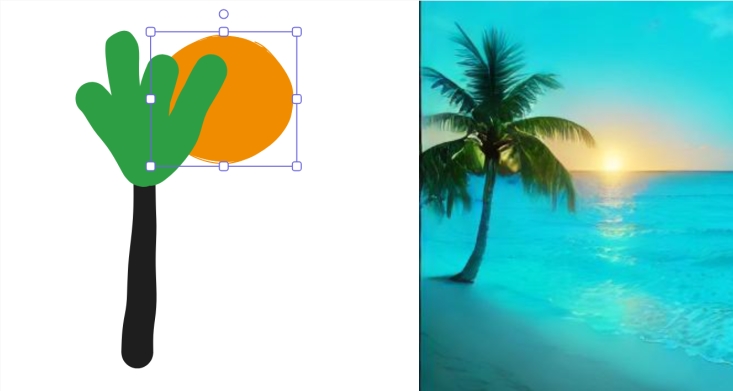LCM-LoRA: The Innovative Technology Enabling Real-Time AI Art Generation
-
Generative AI art has become one of the most fascinating and popular applications of new technologies. Models such as Stable Diffusion and Midjourney have already attracted millions of users. Additionally, OpenAI integrated its DALL-E3 image generation model directly into its popular ChatGPT service this fall. By simply describing an image, users can see AI-generated artwork on their screens within seconds or minutes.
However, waiting these few seconds or minutes is not ideal for our fast-paced, instant-gratification modern society.
This week, the online AI art community is excited about a new machine learning technology - LCM-LoRA, jointly developed by researchers from Tsinghua University's IIIS and AI code-sharing platform HuggingFace. A paper about this technology was published on the pre-review open-access research site arXiv.org, finally achieving real-time AI art generation.
Essentially, with the advent of LCM-LoRA technology, users can now move their mouse, draw simple sketches, apply a few shapes, and add descriptive text. AI art creation applications like Krea.AI and Fal.AI will automatically and instantly present different new generative artworks. The images can even change in fractions of a second as users move shapes or draw simple lines on the digital canvas.
You can try it yourself here: Fal.AI (as long as the servers don't crash from excessive usage).

This technology is not only applicable to flat 2D images but also to 3D models, meaning artists can theoretically quickly create immersive environments for mixed reality (AR/VR/XR), computer and video games, and other experiences. Theoretically, they can also be used in film production, significantly speeding up and reducing production costs.
"Everything is about to change," commented a startup founder and former Google AI engineer on LinkedIn about LCM-LoRA, a sentiment shared by many in the AI art community.
"A whole new era of generative AI is coming," remarked another X user.
Ethan Mollick, a professor at the Wharton School of the University of Pennsylvania and one of the most active and influential advocates in the generative AI field, believes that "we will soon see many new user experiences," thanks to LCM-LoRA technology.
So what is LCM-LoRA, and how does it work?
The early demonstrations of LCM-LoRA integrated applications are undoubtedly very appealing, and for AI artists like me, it seems to be a significant moment for generative AI in the field of visual arts.
However, what are the technological advancements behind LCM-LoRA, and can it scale across different applications and uses, as early adopters have suggested?
According to a paper published by researchers from Tsinghua University IIIS and HuggingFace, LCM-LoRA is ultimately a "universal, training-free acceleration module that can be directly plugged into various Stable Diffusion fine-tuned models or SD LoRAs."
For those unfamiliar with the field of machine learning, this might seem a bit obscure. But to put it in simpler terms, it's essentially an algorithm that enhances the process by reducing "required sampling steps"—the stages an AI model must go through to transform text or source images (whether descriptions or sketches) into higher-quality, more detailed images based on what the Stable Diffusion model has learned from millions of images.
This means LCM-LoRA enables Stable Diffusion models to work faster and use fewer computational resources, so they don't consume too much working memory or processing cycles on a user's computer. This is why it can generate stunning results in real-time.
"Universal" means it can be integrated into various applications that rely on Stable Diffusion or its variants to generate images. However, whether it can be extended to models beyond Stable Diffusion, such as OpenAI's DALL-E3 or Midjourney, remains to be seen.
